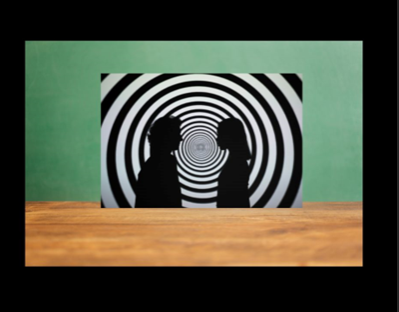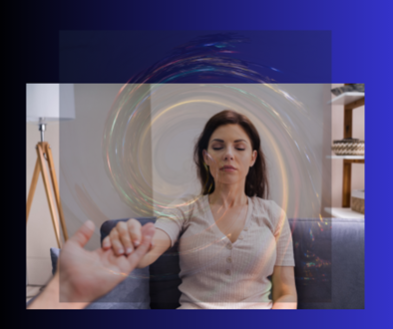Empower Your Clients with Self-Hypnosis
Empower Your Clients with Self-Hypnosis
Hypnosis and hypnotherapy are becoming increasingly popular ways to offer relief for a variety of client issues. This article from the Cleveland Clinic outlines the basics of self-hypnosis, and how it is commonly used to alleviate anxiety and panic, reduce physical discomfort, and allow clients to change habits that lead to weight problems and addictions to tobacco, vaping, and other substances.
Self-hypnosis is exactly what it sounds like. Each and every one of us, including our clients, can enter a state of hypnosis and offer suggestions that facilitate change and healing. The process is simple and effective, but of course, it requires expertise and training.
As a therapist or medical professional, you need to learn what exactly is happening when an individual enters the state of hypnosis, what you can and cannot expect to accomplish by using hypnosis, and how to induce and exit the trance state. Once this is accomplished, you can assist your clients as they enter the state, administer suggestions, and benefit from taking them in while the subconscious mind is in a highly receptive state.
After the session, which the therapist records for the client, the state of relaxation, as well as the suggestions to alleviate the client’s issue, can be reinforced. The client’s progress is possible only with constant repetition when it comes to hypnosis. As long as the client continues to practice with the recording, it will be possible to use self-hypnosis to work with issues that are difficult, if not impossible, to solve with talk therapy alone.
Hypnosis and Hypnotherapy: a Life-Changing Combination
Hypnotherapy uses hypnosis, in combination with other techniques, to allow clients to make even more profound changes. A client placed into trance can easily access emotions, and allow them to connect with subconscious material through age regression. The client expresses emotions that have been previously repressed, and is invited to re-program old thought patterns that have been interfering with functioning in real life.
This enables the client to recognize the reasons why they are triggered to abuse substances or behave in an irregular manner, from fear of public speaking to panic disorders. Once this is achieved, clients can experience true healing that enlightens them about the reasons behind their unwanted behaviors
Hypnosis techniques are often used as a supplement to hypnotherapy, in a section of the session that is called extinguishing. This teaches the client to manage feelings and cravings by titration, that is, showing the client that it is possible to intensify and bring down urges and emotions with one’s thoughts.
Obviously, tools like this will allow you to help your clients make progress in their therapeutic journey much faster than you might believe is possible. And, fortunately, excellent training and certification opportunities can be found at The Wellness Institute!
Learn Hypnosis, Hypnotherapy or Both at The Wellness Institute
The Wellness Institute has been training therapists, medical professionals, and other practitioners in hypnosis and hypnotherapy for more than three decades. Our programs are presented online with live teachers and assistants who take you through the process of conducting your first sessions.
The Introduction to Hypnosis Course lets you learn how to administer hypnosis in just two days. Learn about the process, and practice it with your class cohort. After the course, you will know how and be able to induce trance, offer hypnotic suggestions, and exit hypnosis. Self-hypnosis is a large part of this training. You and your clients will benefit from this basic training in ways you might not have experienced before.
Once you take this course, you’re entitled to a substantial discount on the
The Six Day Hypnotherapy Training and Certification Program! The basics of hypnosis are just the beginning. In this training, you’ll learn how to use hypnotherapy, including age regression, to treat various client issues, including:
- codependency
- sexual abuse
- addiction
- eating disorders
- trauma
- dissociation
- mind-body interaction
Once the training is finished, the certification process can be accomplished quickly by completing practice sessions on your own and completing a take-home exam.
The powers of hypnosis and hypnotherapy are rapidly rising as evidence-based modalities that use can use to help your clients and build your practice.
Enroll in









